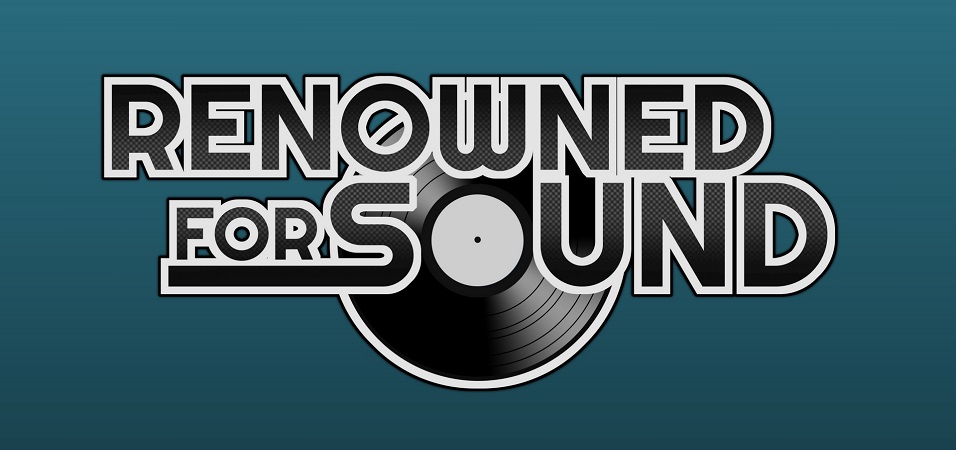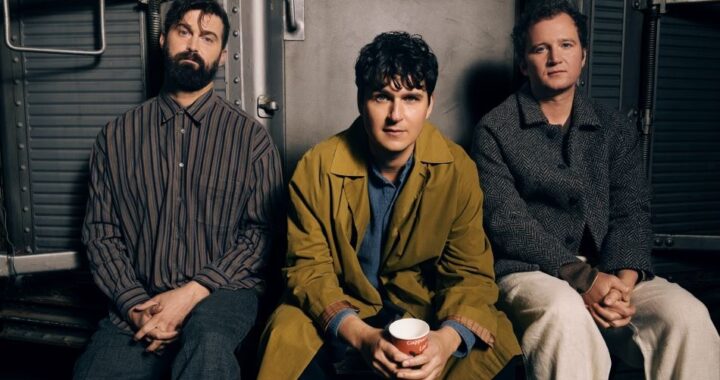Album Review: Leftfield – Alternative Light Source
3 min read
Leftfield were a pretty significant force in modern dance music. Back in 1990, their debut single Not Forgotten was released, and to this day it is cited as one of the main forces behind the progressive house genre. They then went on to release two critically acclaimed albums before disappearing in 2000. Now, fifteen years later, founding member Neil Barnes has revived the Leftfield name, acting as a solo agent rather than with ex-member Paul Daley, and is releasing Alternative Light Source, the first Leftfield album in sixteen years.
 While the sound of their last album Rhythm and Stealth was rather varied, ranging from hip-hop influences to downtempo and house, Alternative Light Source takes a different approach. The songs are all similar in their sound, using sterile mechanical beats and effects to create repetitive songs that often last for over five minutes; it’s a straight house album for better or for worse. There’s a clear dated quality to the music, with the choice of sounds ranging from vintage video game style to simply robotic. It’s a bit of a mixed bag, and the album has its clear ups and downs.
While the sound of their last album Rhythm and Stealth was rather varied, ranging from hip-hop influences to downtempo and house, Alternative Light Source takes a different approach. The songs are all similar in their sound, using sterile mechanical beats and effects to create repetitive songs that often last for over five minutes; it’s a straight house album for better or for worse. There’s a clear dated quality to the music, with the choice of sounds ranging from vintage video game style to simply robotic. It’s a bit of a mixed bag, and the album has its clear ups and downs.
Thankfully the album starts on a strong note, with the second track and first single Universal Everything setting the mood nicely: It’s seven minutes in length and represents the robotic feeling of the album perfectly. The distorted vocals of Georgia Barnes suit the somewhat foreboding mood of the song well, and it’s still enjoyable despite dragging a bit near the end. Little Fish, one of the later tracks, trumps Universal Everything in terms of repetitiveness. However, the general melody of the song and vocals from Channy Leaneagh create a bouncy and intriguing element that keeps you listening despite no promise of anything extra. The repetitiveness of the songs is used well in situations like these, and despite being the longest two songs on the album they are also the most enjoyable.
At the same time, this stylistic choice is the album’s biggest downfall. Bilocation suffers most from the dated sound of the album, while also assaulting your ears with constant buzzing and whirring that makes it somewhat difficult to listen to. Shaker Obsession suffers from a similar issue, featuring a catchy melody and decent production for most of the song before an overly loud wah pedal style effect plays over the song at a volume that detracts from the enjoyment of the song, clashing with the production in an overly serious manner.
Considering the origin of Leftfield, the dated sound could be forgiven, and sets it up as a reminder of where the dance music that dominates modern charts originated. It’s strange choices like deafening and unfitting sound effects playing at random intervals in songs that make it feel like a lesser product than it is, and in turn reduces the enjoyment drawn from the album. While it’s not the triumphant comeback one would hope for after a 16 year hiatus, there are moments worth appreciating to be found in the cacophony.



